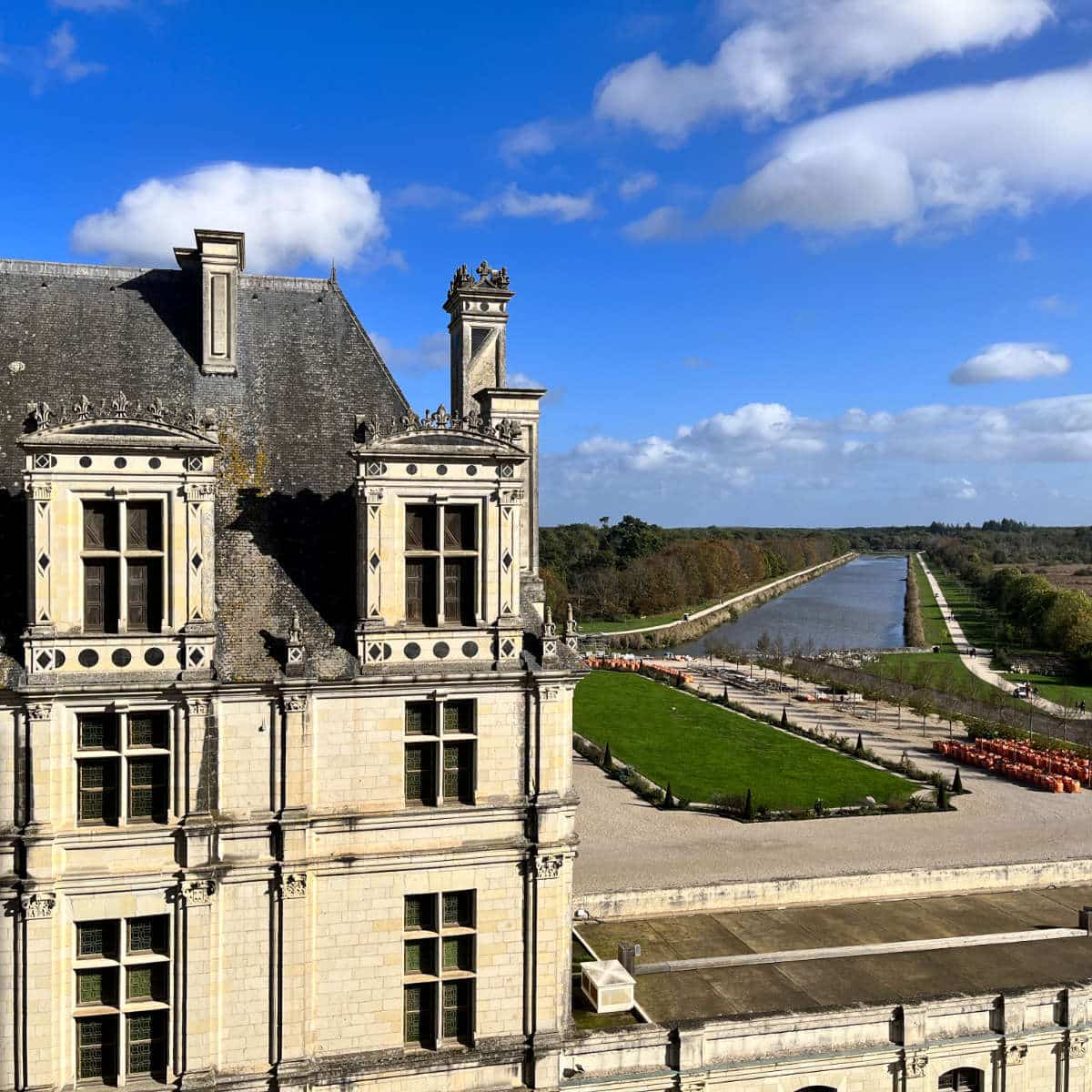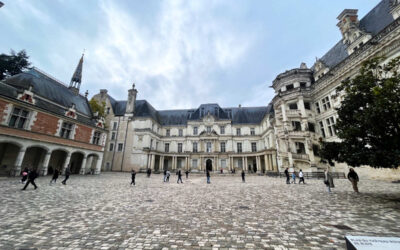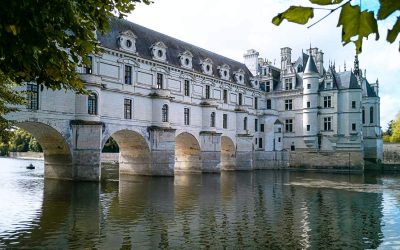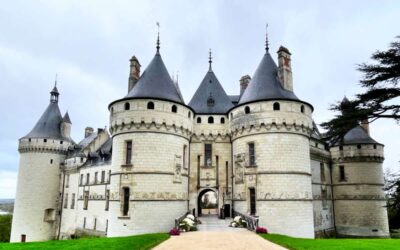If the Loire Valley is famous for one thing, it is the stunningly beautiful châteaux that dot the landscape. With its wide open spaces and beautiful forests, this is the area that French royals and nobilty flocked to during the Middle ages and Renaissance.
Several châteaux were built in the area as royal residences for hunting and entertaining grand parties, and no expense was spared. Paris was deemed too noisy and crowded.
That distance from Paris also meant that many of the Loire Valley châteaux were saved from destruction during the 1789 French Revolution, compared to some of their counterparts in big cities. These days, the Loire Valley châteaux are officially recognized on the UNESCO world heritage list.
And with the Loire Valley only about 2.5 hours away from Paris (by car), it makes it possible to visit many of these chateaux as a day trip.
But you may want to base yourself in Amboise, Orléans or Blois to fully immerse yourself in the renaissance experience. So let’s explore the top châteaux in the Loire Valley, shall we? Allons-y!
1. Château de Chambord
The largest and arguably most famous château in the Loire Valley has to be the Chateau de Chambord. It was constructed by King François I at the height of the renaissance and meant to impress.
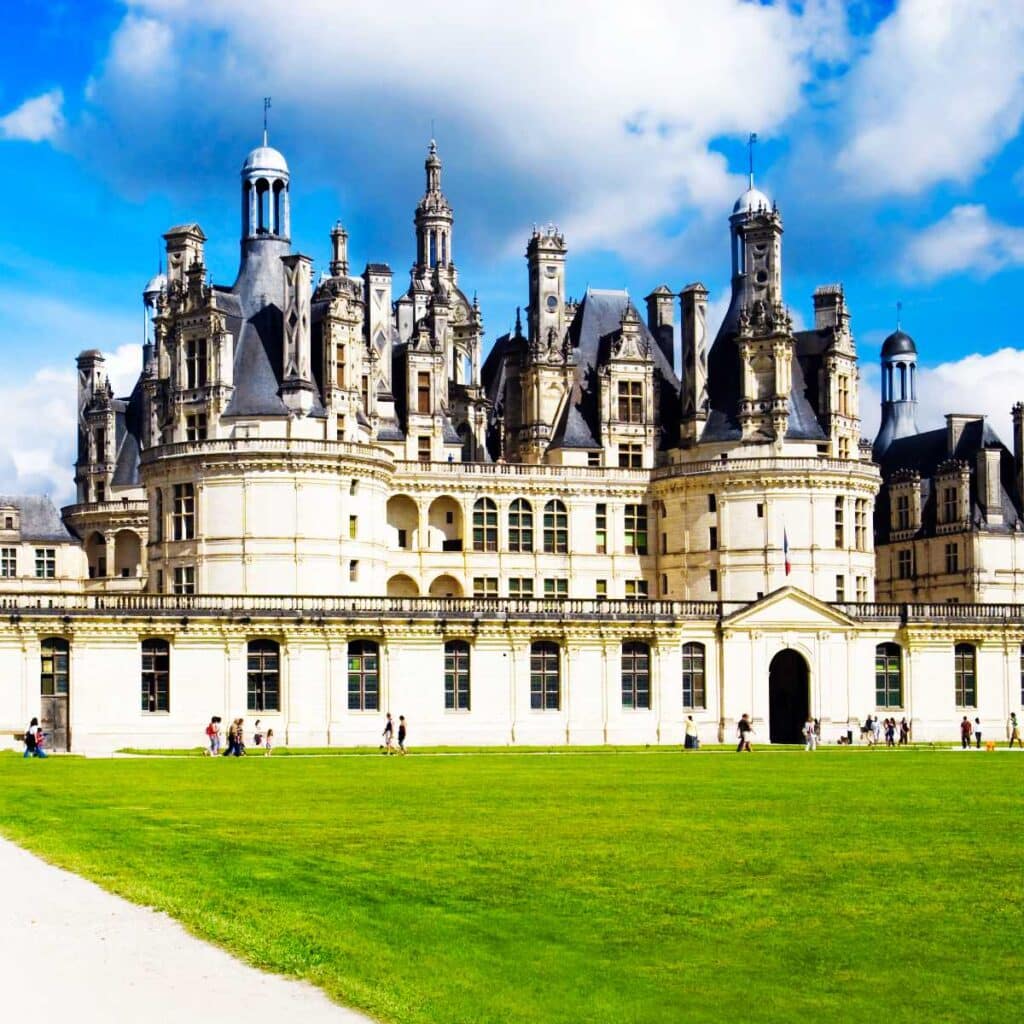
With rumors of involvement from François’s artist-in-residence Leonardo da Vinci, this is a château that is an engineering marvel.
In the center is the stunning double-spiral staircase where the stairs ascent and cross one another, so that though people on opposite stairs may see each other by small loopholes, but only meet when they land on opposite sides of the same floor.
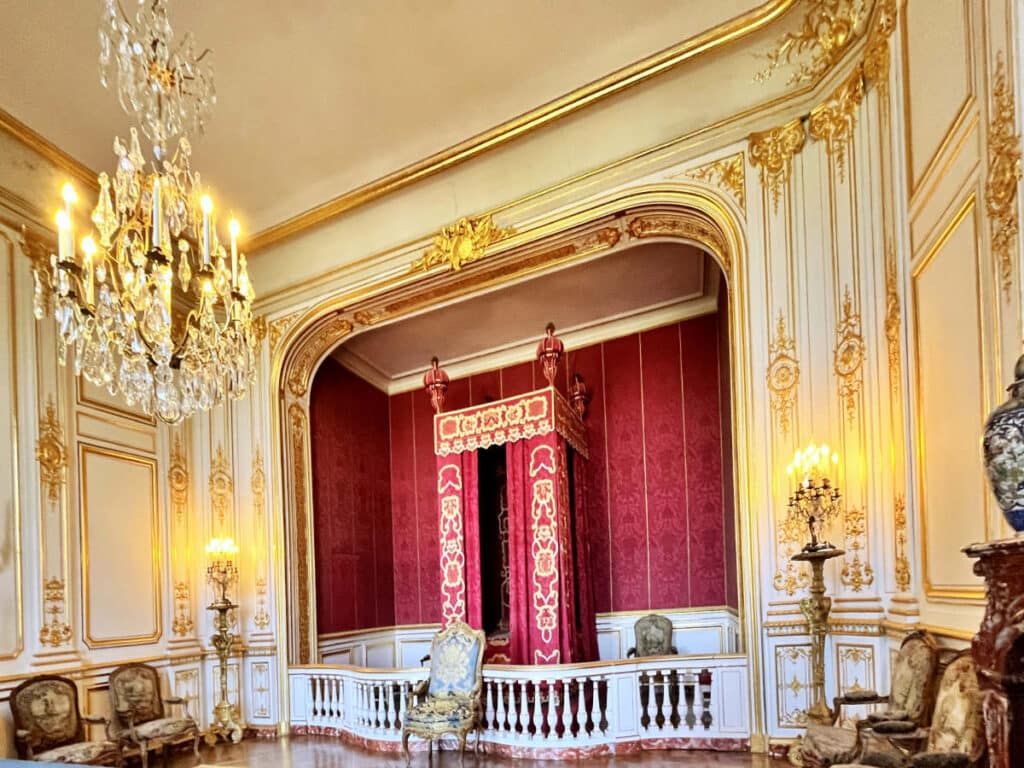
However, the Château de Chambord was never completed under François Ier’s reign, and he only stayed here around 50+ days during hunting parties.
The Château underwent several renovations, but was never one that was every really lived it. It remained in rather dire straits until the 20th century when restoration works began in earnest to turn it into museum.
During WWII, the château was used to hide famous artworks from the museums in Paris, including the Mona Lisa from the Louvre. You can read more about visiting the Chateau de Chambord and find guided tours to the Château here.
2. Château de Chenonceau
One of the most beautiful châteaux in the Loire, and the one everyone remembers is the Château de Chenonceau on the water. The Château spans the breath of the river Cher and immediately catches your eye with its elegance and majesty.
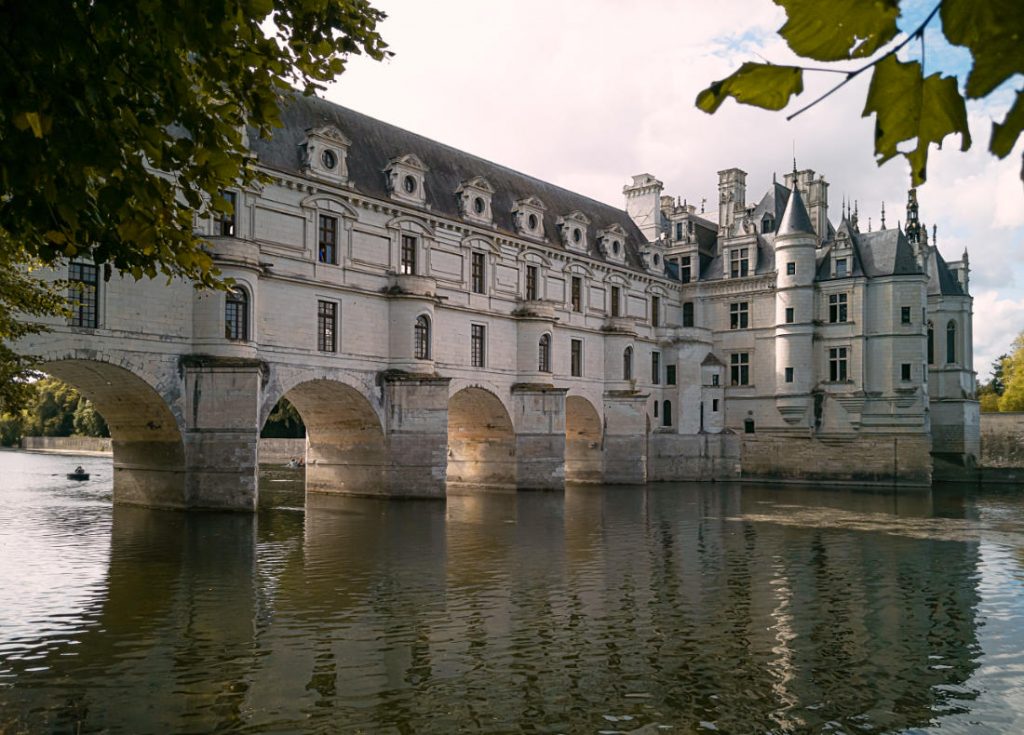
Château de Chenonceau became known as the Ladies’ castle or Queen’s castle, for all the impressive women who lived here. It became famous when it was given by King Henri II to his mistress Diane de Poitiers.
When Henri II died, his wife Queen Catherine de Medici took control and demanded Diane exchange Chenonceau for another castle, the “less prestigious” Château de Chaumont. The château continued to be resided in by women, including several princesses and queens of France.
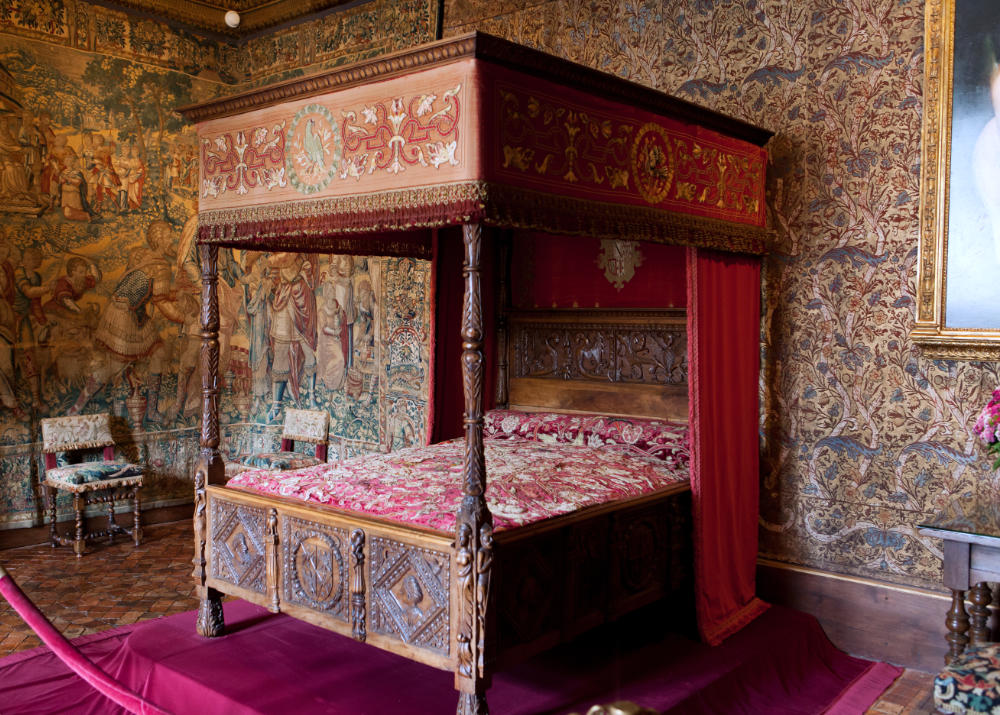
During WWII, the opposing shores of the river Cher marked the demarcation line between the German-controlled French territory and Free France. The Château de Chenonceau, which had its entrance in the occupied Right Bank and the bridge gallery on the free Left Bank was used to pass large numbers of refugees and fighters into the free zone.
You can read more about the Château de Chenonceau and see the tour options to the Château here.
3. Château d’Amboise
The Château Royale d’Amboise didn’t start off as a royal castle. The first castle here was built in the 10th century.
After King Charles VII seized the Chatêau from a wayward subject in 1434, the castle became a favorite of French royalty, with each generation adding and modifying the existing castle.
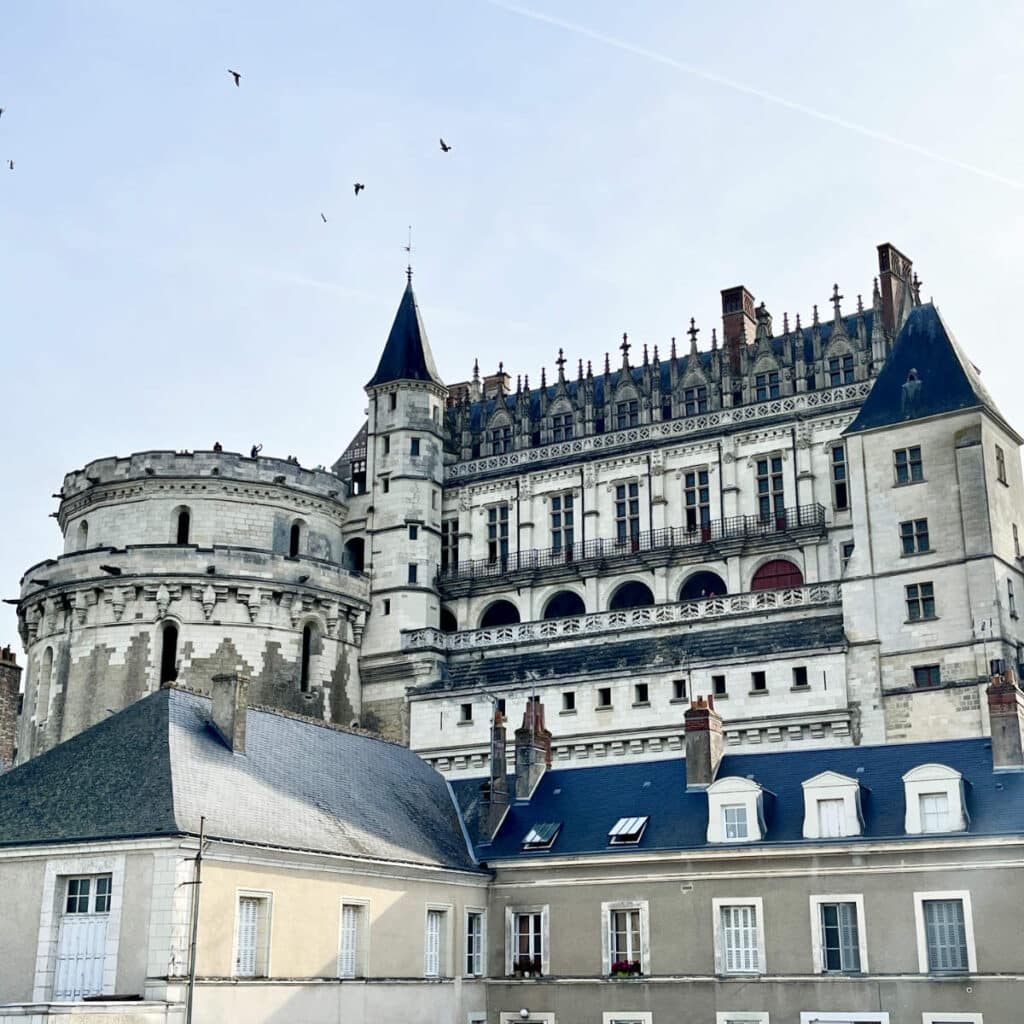
The Château was at the height of its renaissance however, when one of France’s most famous kings, François I, came to the throne. Born in nearby Cognac, he came to the château at 4-years old with his mother Queen Louise of Savoie in the early 16th century.
The castle began to decline after François I, at times becoming a prison, and being confiscated during the French Revolutions of 1789 and 1848.
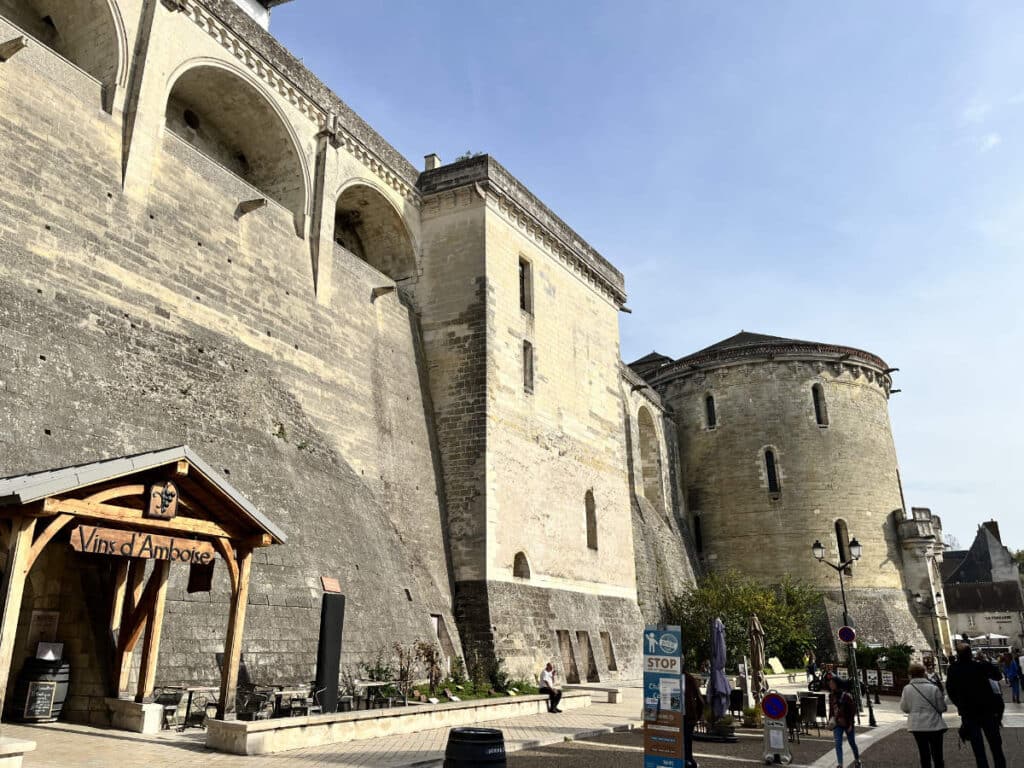
The most impressive part of the castle is its 2 towers called Tour des Minimes and Tour Heurtault, which don’t have stairs inside, but instead a gentle slope. Because the castle is built directly on the banks of the Loire river, the gardens of the castle are on a terrace overlooking the quai and the town of Amboise all around.
The 2 circular towers have a large entrance directly on the quai where soldiers on horseback and even large carriages can enter mount up to where the garden terrace is.
You can read more about visiting the Chateau d’Amboise and find guided tours to the Château here.
4. Château de Chéverny
The sumptuous Château de Chéverny is a large elegant château that looks like something you might want to live in. It is still a private residence and as such has been updated with things like plumbing and heating.
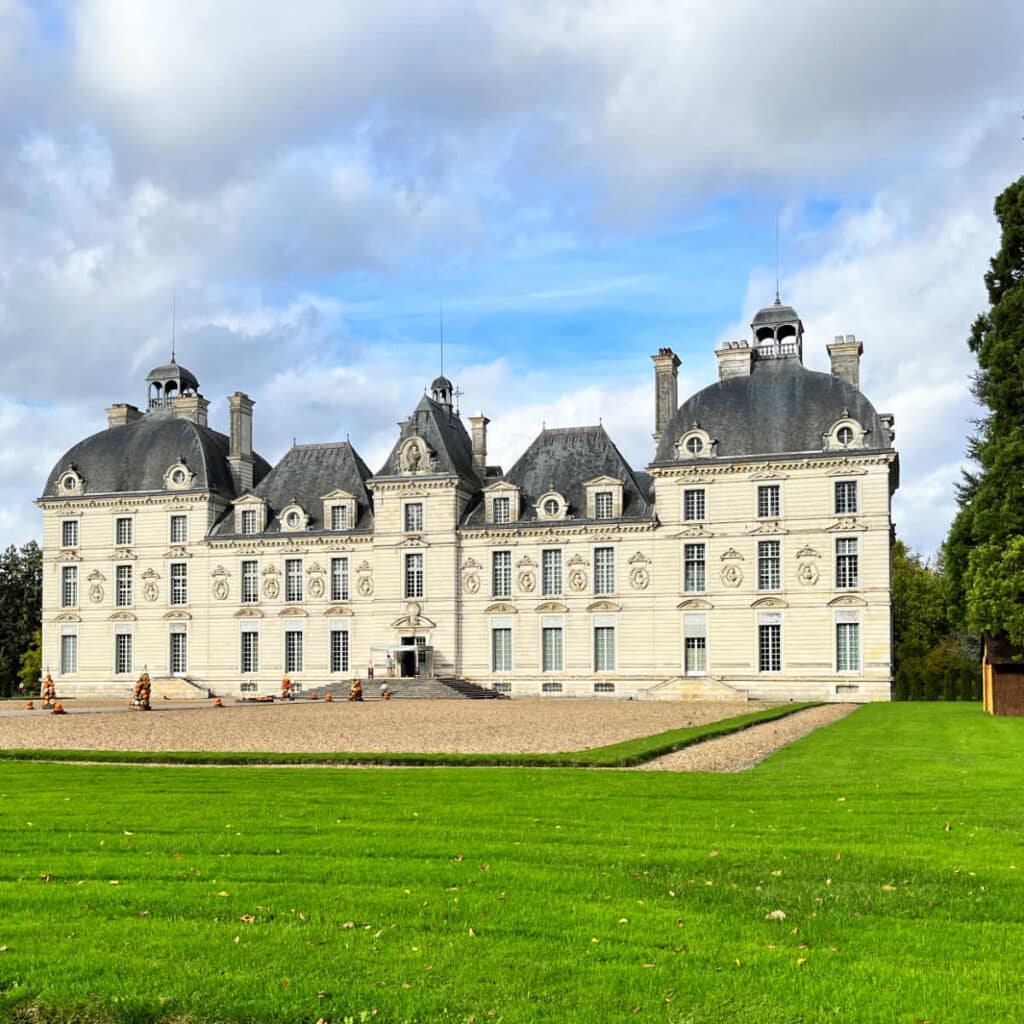
The lands were purchased in 1510 by Henri Hurault, Comte de Cheverny, the military treasurer for King Louis XIII. His descendant, the Marquis de Vibraye, is the present owner, however the family did have some twists and turns in order to get it back.
The inside of the Château de Chéverny is a feast for the eyes. The downstairs has several reception rooms, bedrooms, salons, and a dining room that is sumptuously decorated from floor to ceiling.
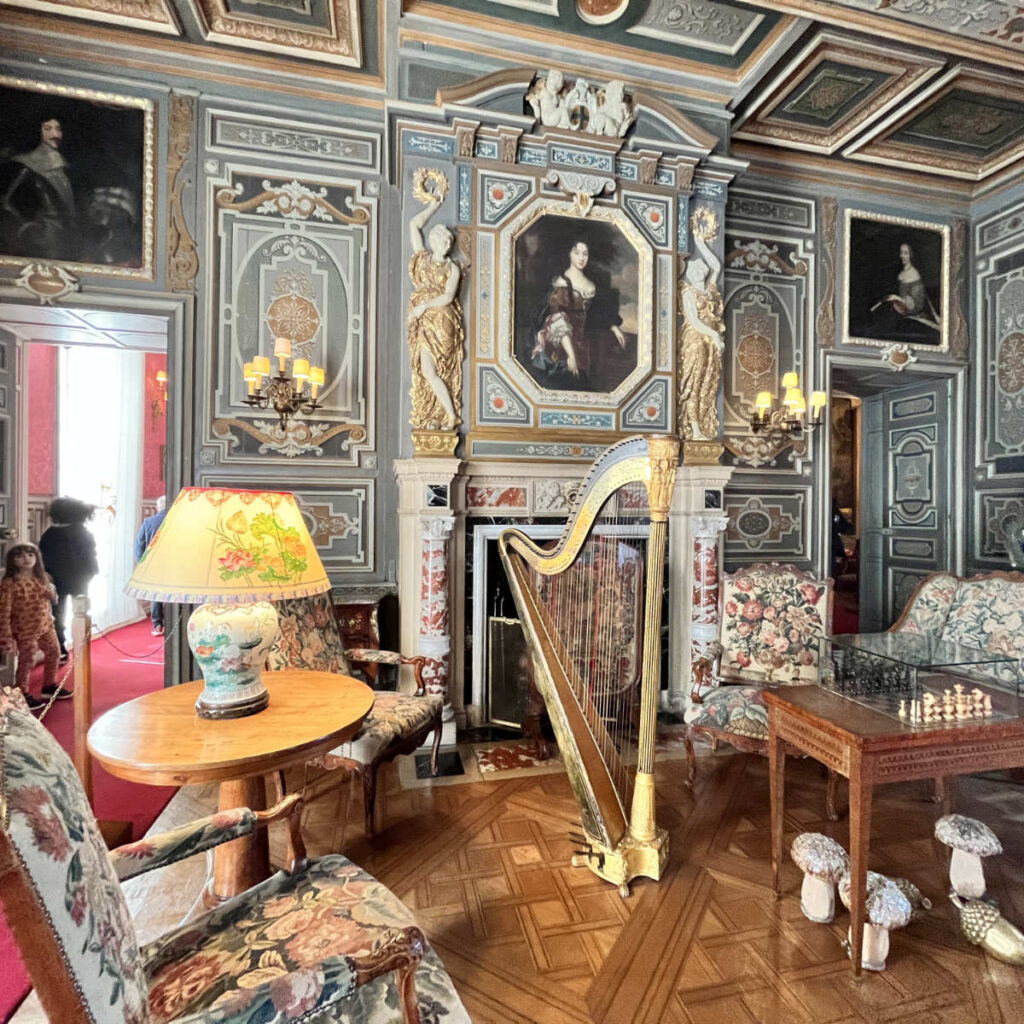
The gardens as well have been set up with all sorts of attractions. There is a “jardin d’amour” meaning “love garden”, a labyrinth, the apprentice gardens, tulip gardens, beehives, vineyards, hunting dog kennels, and a whole lot more.
You can read more about the Château de Chéverny and see the tour options to the Château here.
5. Château de Clos Lucé
The home where Leonardo da Vinci spent his final years is a large manor house called the Château de Clos Lucé in the Loire Valley. It is about 5 minutes walk from the Château d’Amboise in the town of Amboise.
Today, Clos Lucé has such an extensive exhibition on Da Vinci, that school fieldtrips come from all over France to admire his genius.
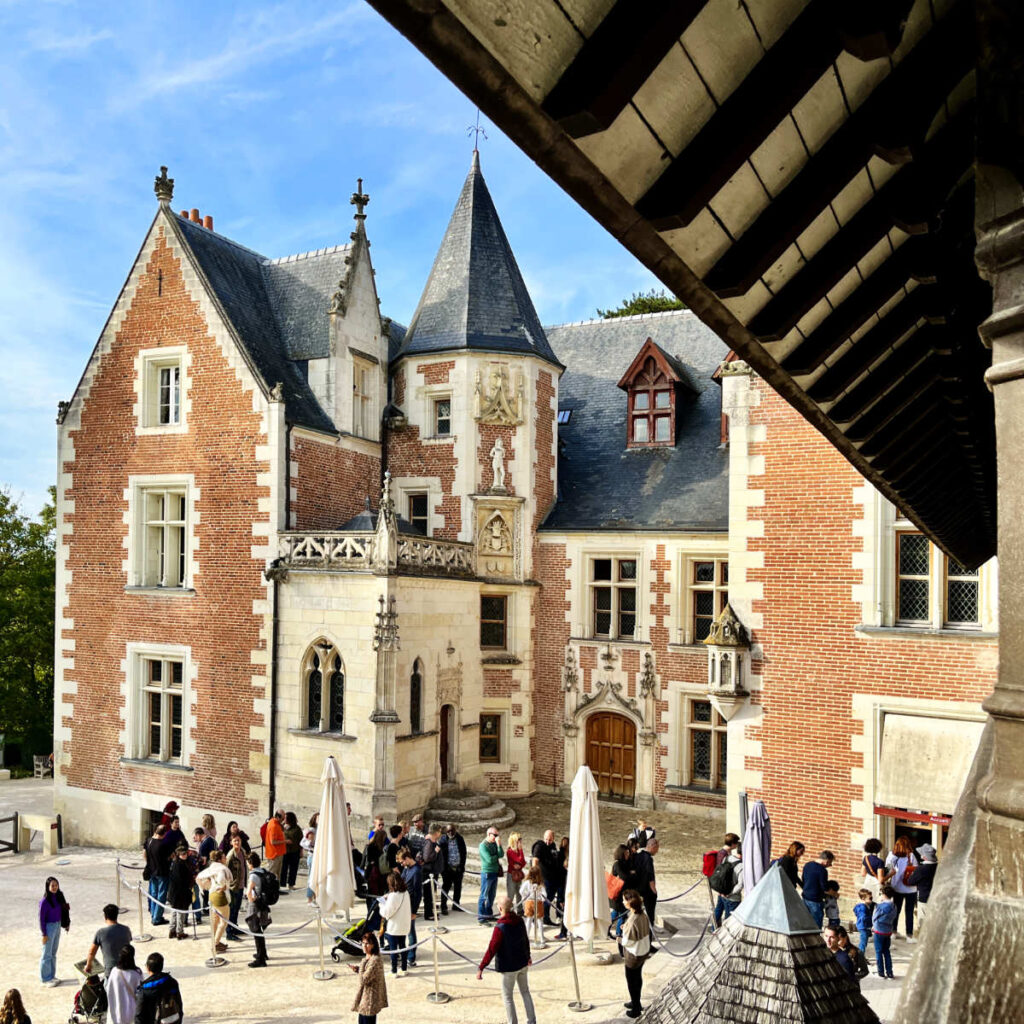
Da Vinci moved to France at the age of 64, leaving Italy in exile. He arrived with chests full of notes and sketchbooks, along with 3 of his most famous paintings, the Mona Lisa, Virgin and Child with St. Anne and St. John the Baptist.
François Ier put him up at Clos Lucé and gave him a rich allowance to continue his work. It is said that there was an underground passage between the Château d’Amboise and Clos Lucé for François I to visit his favorite artist as he pleased.
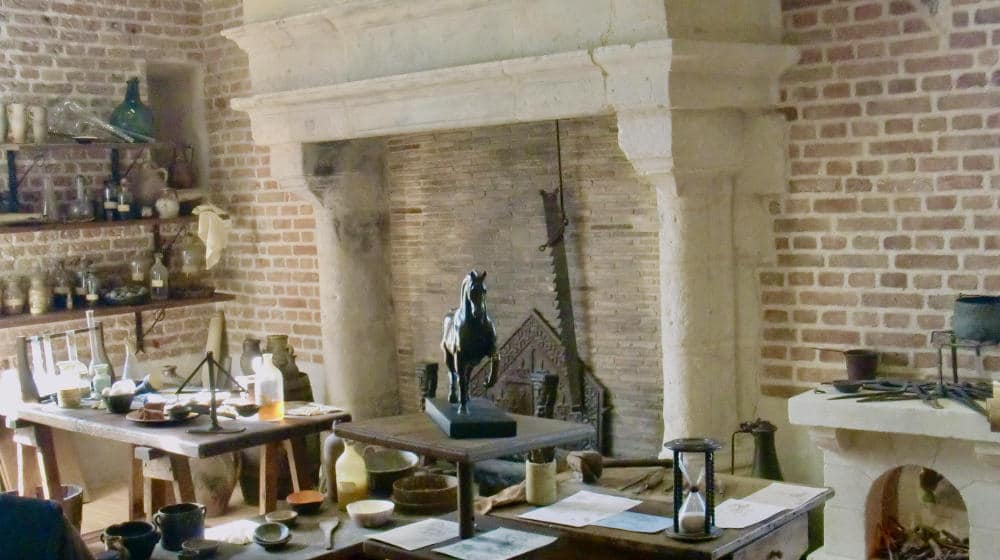
Upon his death 3 years later, his work became the property of the French King, which why many of those famous works are conserved in the Musée du Louvre, with his sketchbooks in vaults owned by the French Govt.
In Clos Lucé, you can see the bedroom where he stayed, where he is believed to have died in the arms of François I. You can also see his office and painting workshop.
But the best parts of Clos Lucé are in the basement and the gardens. Using Da Vinci’s sketchbooks, model replicas of engineering projects have been brought to life. Every nook and cranny of the large garden is covered with his designs that you can touch and admire.
It makes a wonderful afternoon for history and engineering buffs. You can read more about visiting the Chateau de Clos Lucé here.
6. Château de Blois
The original building here dated back to the 9th century owned by the Counts of Blois. In 1397, the Château Royal de Blois was given by King Charles VI of France to the Orléans family, a cadet branch of the royal family.
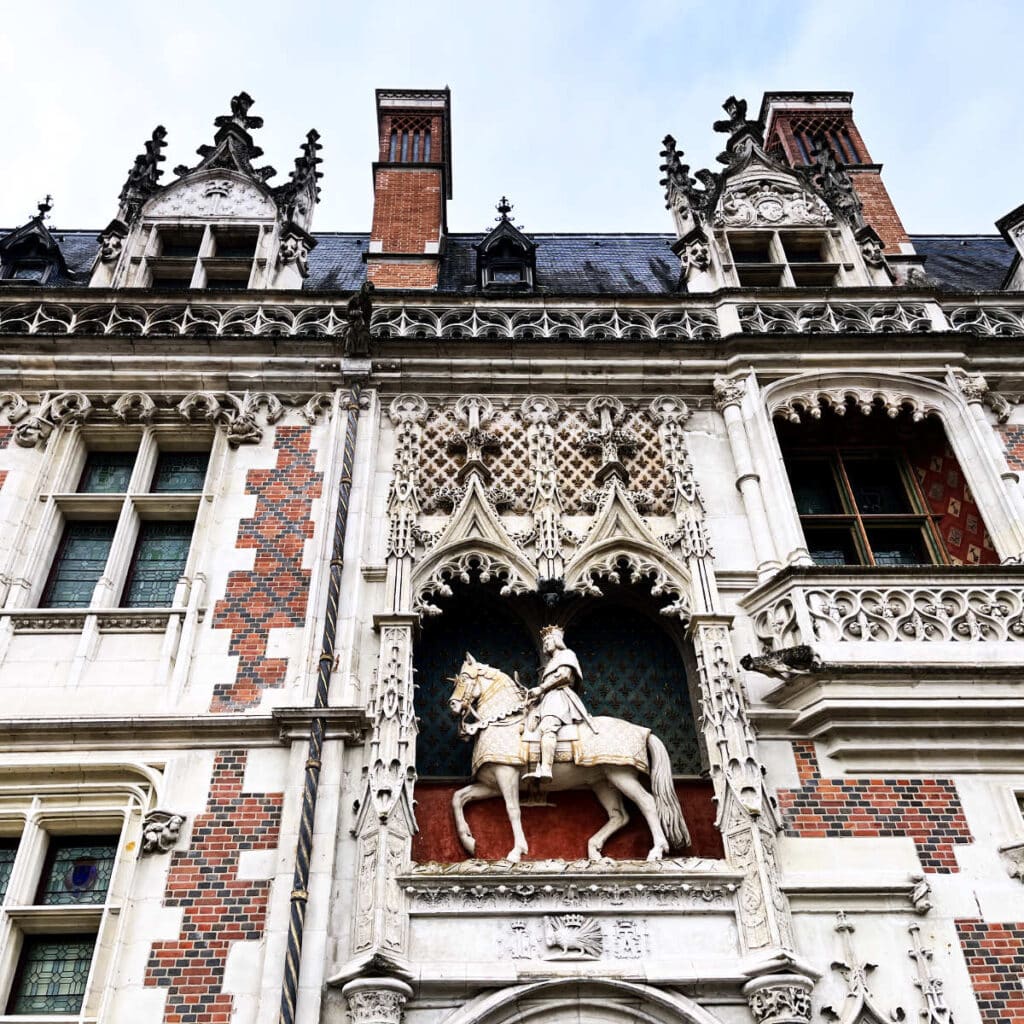
Notably, it was inherited by Charles d’Orléans, a royal prince and poet, who was captured at the Battle of Agincourt and imprisoned in England. He was held for 25 years as a hostage in England, and when he returned to his beloved Blois, he renovated much of the building.
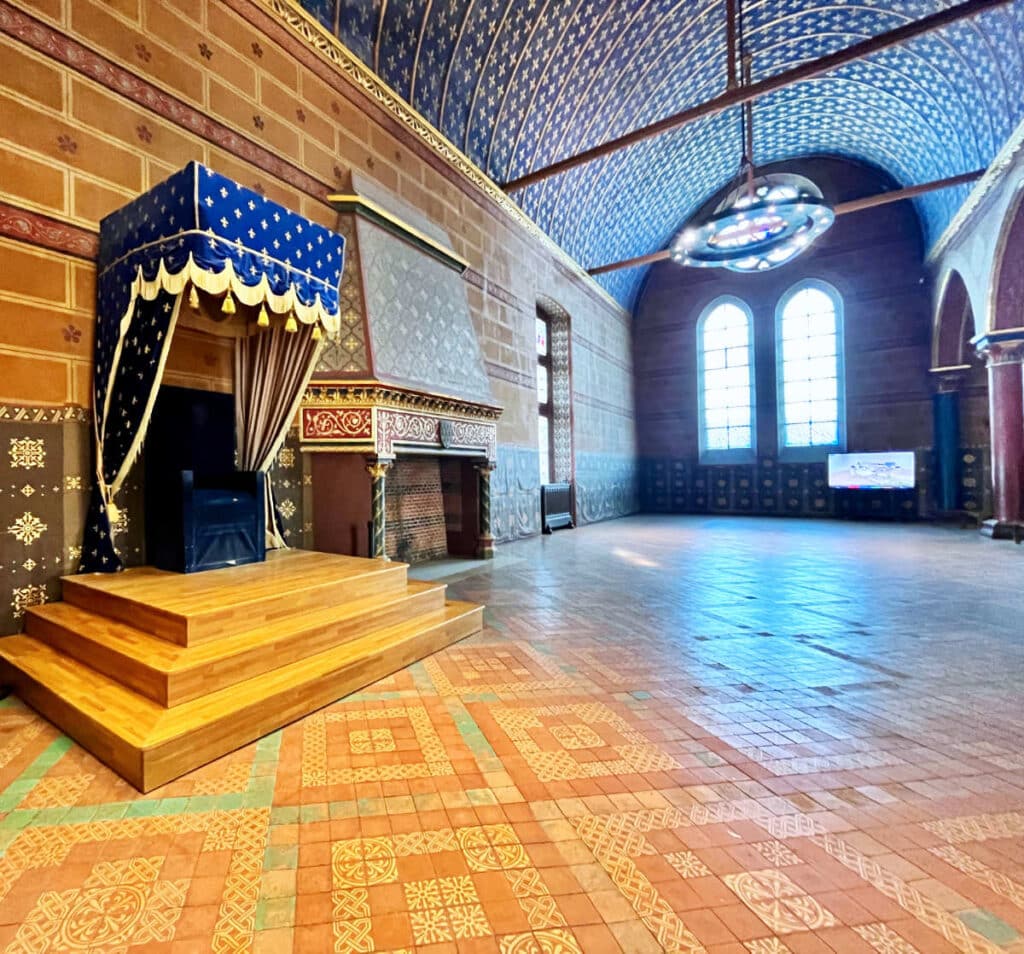
But it would be his son who would become King, Louis XII and his wife Anne of Brittany, and later his granddaughter Claude and her husband François 1er who would renovate much of the Château de Blois to what we see today.
With decorations spanning its history, the château is a must for any visitors to the city of Blois. You can read more about visiting the Château de Blois here.
7. Château de Chaumont-sur-Loire
The Château de Chaumont is probably best remembered for being the château that Henri II’s mistress Diane de Poitiers was forced to accept, in exchange for giving up the Château de Chenonceau. But in truth, this large impressive château is nothing to sneeze at.
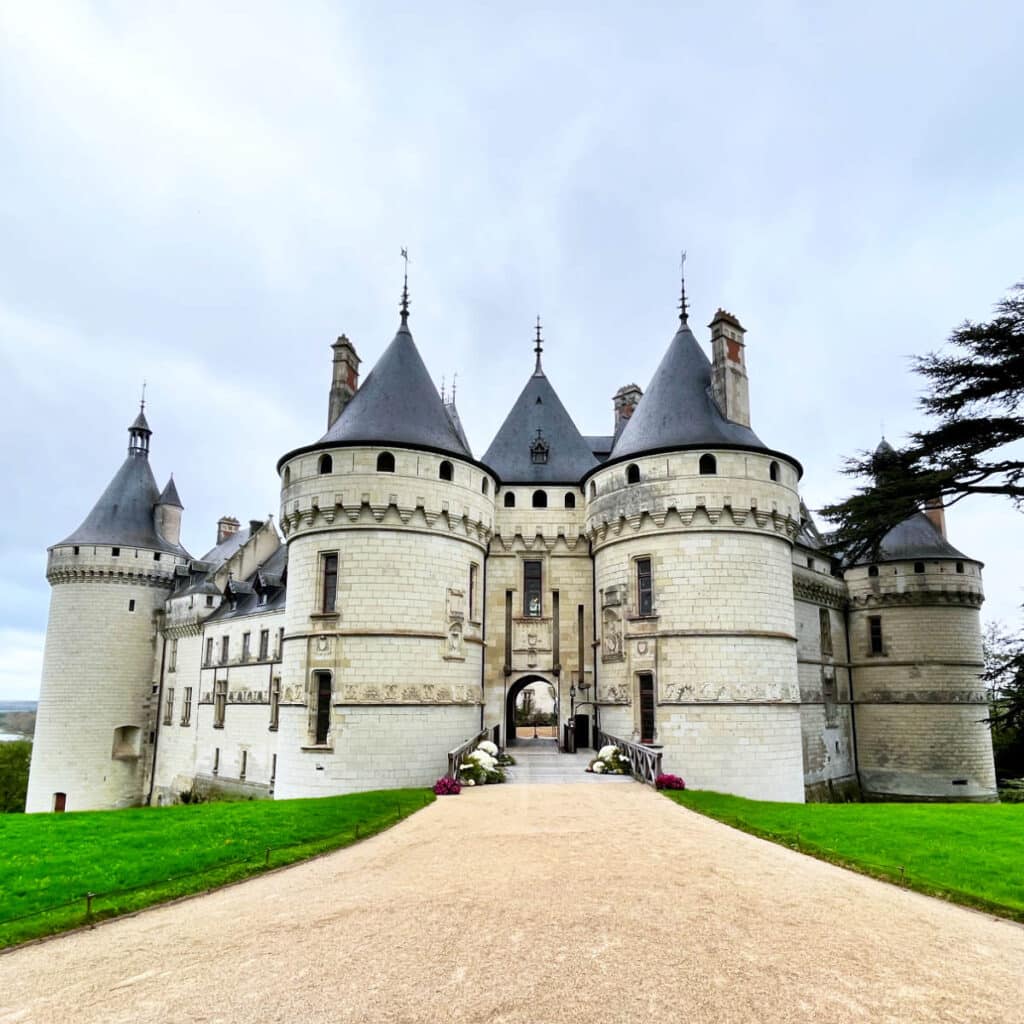
Diane did not live here for long, and the château passed from her family to a variety of other hands. It was eventually donated to the French government in 1938 and is today designated as a historic monument.
Inside the Château de Chaumont, there are several reception rooms and bedrooms are lavishly decorated.
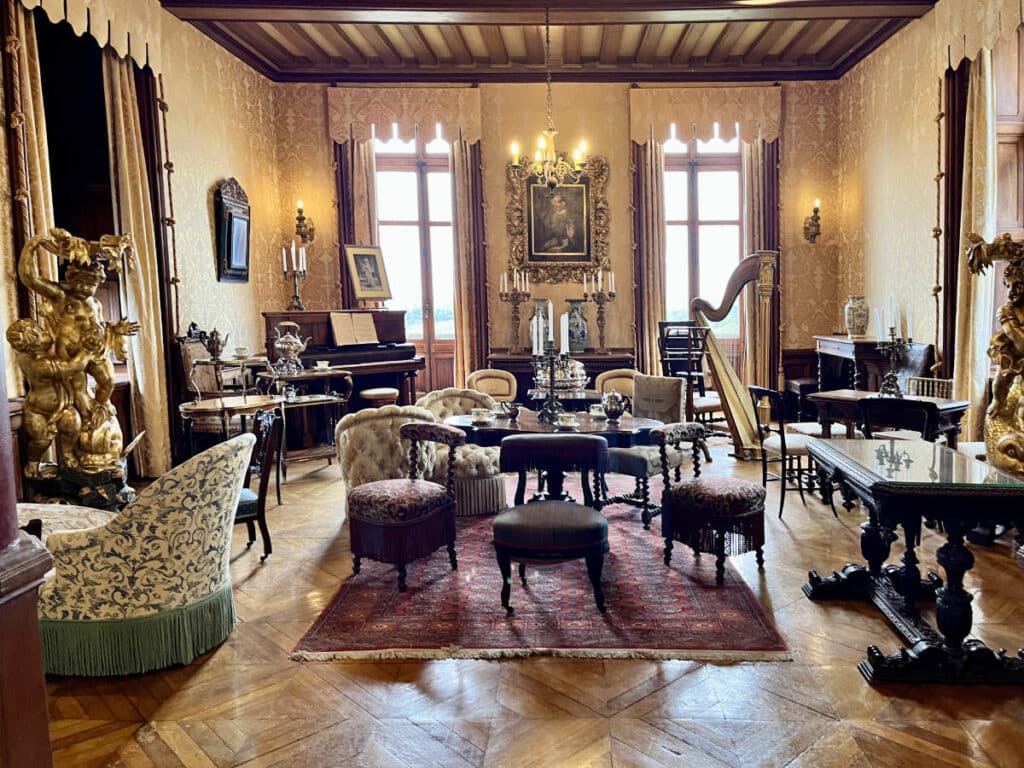
The château is also famous for its garden competitions, with 20+ different gardens, each in a different style and different esthetic. Special events and festivals are often held here, making for a lively atmosphere.
You can read more about the Château de Chaumont-sur-Loire and see the tour options to the Château here.
8. Château de Villandry
About 20 minutes outside of the city of Tours, you will find the magnificent Château de Villandry and its beautiful gardens.
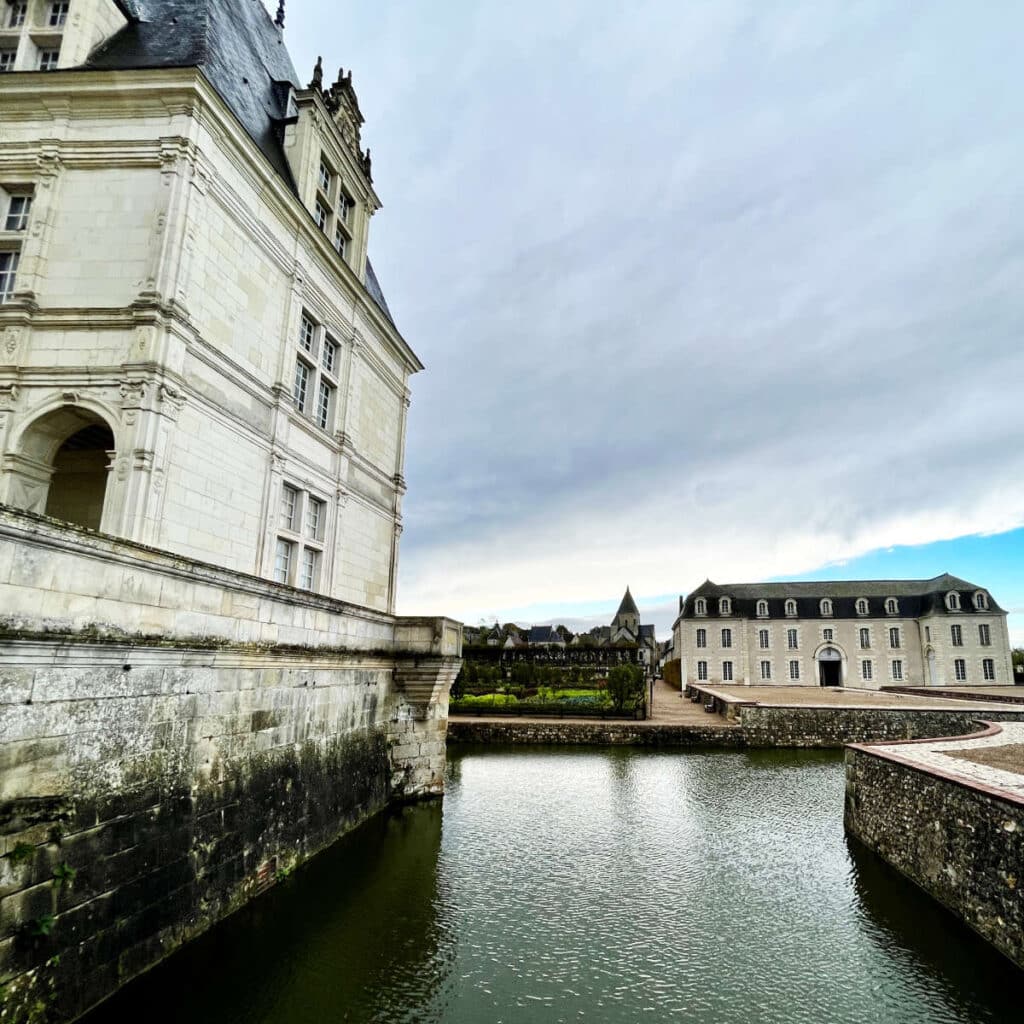
Dating back to the 10th century and the Middle ages, the fortress that once stood here was known as the “Coulombiers”.
It is believed that the French King Philippe Auguste and English King Richard the Lionheart met at Villandry to discuss peace terms. You can see still see the fortified castle of Coulombiers as it was during this period.
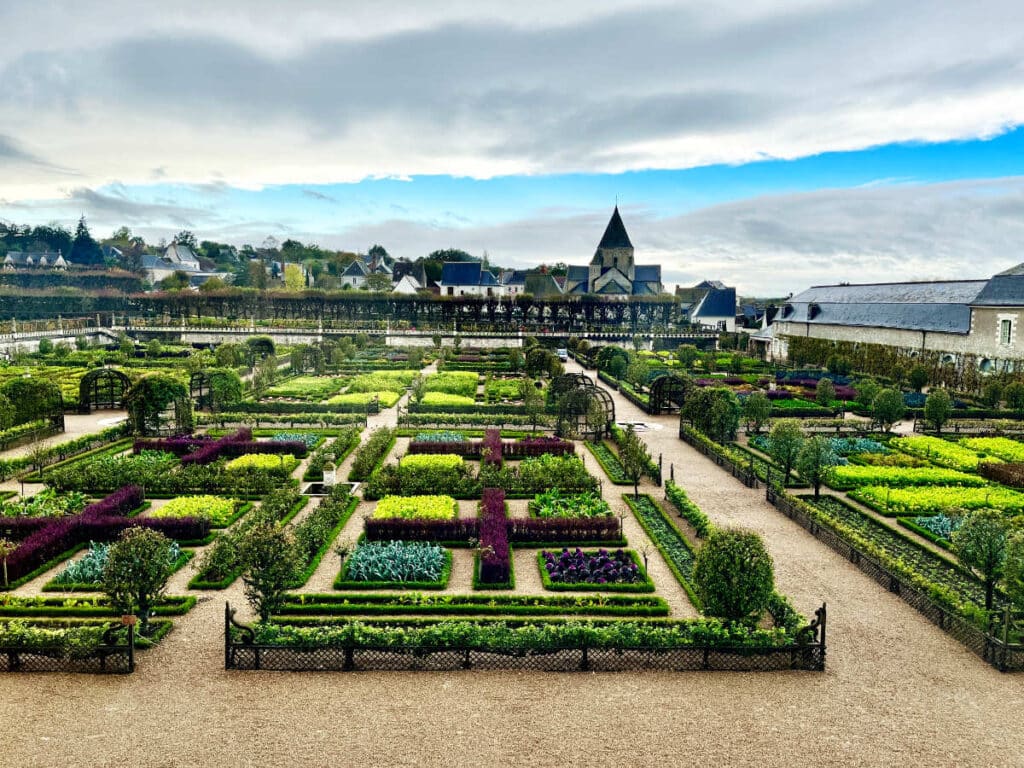
Today, the Château de Villandry is a private château with elaborate exhibitions inside, along with beautiful curated gardens and even a labyrinth maze. You can find guided tours to take you Château de Villandry from Tours here.

If you enjoyed that article, you may like to read more about traveling around the Loire Valley. A bientôt!
